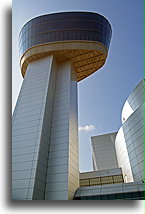
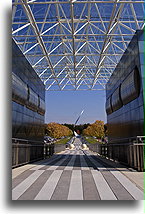
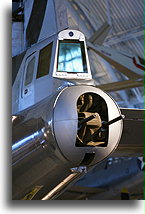
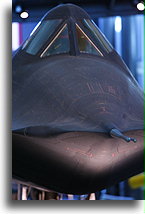
National Air and Space Museum in Washington D.C. with annex in Virginia, maintains the largest collection of historic air and spacecraft in the world. From the first Wright brothers' 1903 Flyer and the aircraft that dropped an atomic bomb to the Apollo 11 module and Space Shuttle Discovery. Almost all crafts on display are originals or the original backups.
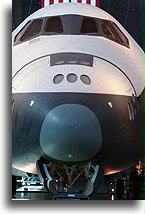

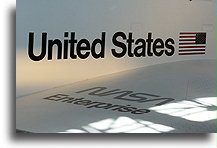
The museum houses the Boeing B-29 Superfortress bomber, known as Enola Gay, which dropped the first nuclear bomb, code-named "Little Boy", on the city of Hiroshima, Japan on August 6, 1945. The second, different type atomic bomb, "Fat Man" destroyed Nagasaki three days later. Two atomic bombs killed between 129,000 and 226,000 people. The plane that dropped the atomic bomb on Nagasaki is on display at the National Museum of the US Air Force in Dayton, Ohio.
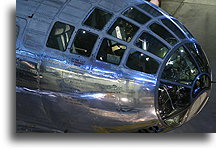
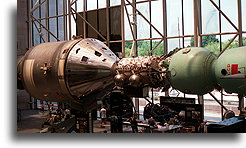
National Air and Space Museum also contains countless collection of smaller artifacts. Among them, the flightsuit of Polish Air Force pilot Franciszek Jarecki who escaped the Soviet-controlled Poland in MIG-15. A young, 22 years old Polish pilot defected to the West by flying from Słupsk, Poland to Bornholm, Danish island in the Baltic Sea. It was the first intact MiG-15 to reach the West. It was a time of the Korean War. Russian aircraft was an extremely valuable gift to the Americans, who had very limited information about a jet fighter used at that time on the Korean Peninsula.




